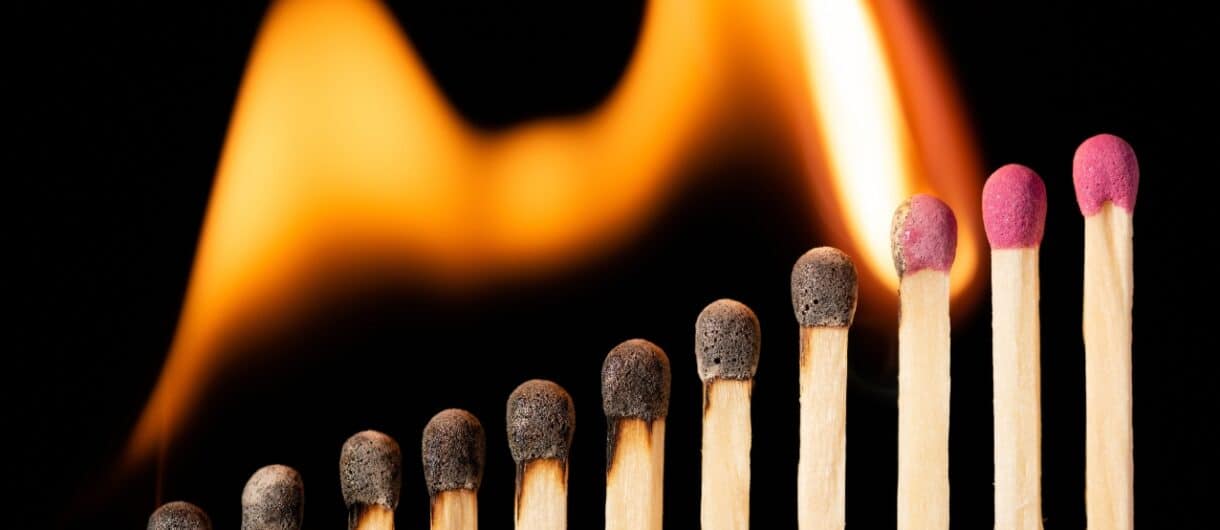
Fire spread: considerations to consider
Professionals working in the fire protection sector are well-versed in the physics and chemistry of fire, enabling them to understand concepts such as fire spread in various scenarios and situations, with the goal of implementing effective protection measures.
What will you learn in this article?
What is fire spread?
To spread means to cause something to extend or reach areas beyond where it originated.
Fire spread refers to the extension or expansion of the fire zone to areas beyond the point of origin.
For a fire to spread, it requires a fuel source, an oxidizing agent, an increase in temperature,
and a chain reaction involving the combination of fuel molecules with oxygen.
Types of fire spread
- Conduction: the transfer of heat through a material. Materials with high conductivity pose a greater hazard.
- Radiation: heat waves travel in straight lines in all directions, heating nearby materials without direct contact.
- Convection: hot smoke and gases rise and may ignite objects in their path. Wind can accelerate this process.
How does a fire spread? How long does it take to spread?
After explaining the phenomenon of fire spread and its different mechanisms, it becomes clear that there is no exact formula to calculate the speed at which a fire spreads.
The speed of fire spread depends on multiple factors that can either slow down or accelerate the advance of flames.
It is the job of fire protection engineers to accurately assess each variable in order to determine which systems must be implemented.
Related → Fire risk assessment: what is it and how can it be calculated?
Variables that influence fire spread
- Combustible materials: Their nature and composition directly impact the spread speed. Flammable materials like textiles and chemicals can accelerate the process.
- Environmental conditions: Temperature, humidity, and wind significantly influence fire spread. Dry environments and strong winds increase the risk.
- Space geometry: The physical layout—hallways, openings, and obstacles—can either facilitate or hinder fire progression.
- Detection, suppression, and compartmentation systems: Automatic systems and barriers such as fire curtains are crucial for containing fire spread.
In summary, a thorough analysis of each area to be protected—supported by calculations and simulations of fire and smoke movement—is essential to determine the right systems to prevent rapid fire spread.
At Tecnitex, we specialize in the manufacturing, engineering, and installation of textile solutions
for fire compartmentation. Learn more about how we work!